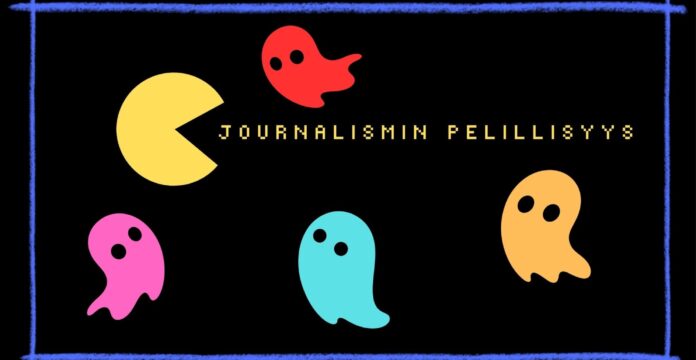However, Safety doesn’t happen by accident. It is built into the operations and activities of organizations. An Occupational Health and Safety Management System (OHSMS) is a coordinated and systematic approach to managing health and safety risks.
OHSMSs help organisations to continually improve their safety performance and compliance to health and safety legislation and standards. In doing so, they establish safer working environments that protect people at work by eliminating, or better managing, health and safety hazards.
This personal interest and commitment to promoting Occupational Health and Safety (OHS) has driven me into the research path to promote safety culture, regulations and practices while being guarded by the saying that safety is not a hobby, it is a living. Admittedly, safety training regulations and practices demand some amount of time and commitment. Invariably, it is better to lose one minute in life than to lose life in a minute.
Sadly, most managers consider matters important only when it has organizational financial implications. The research therefore goes further to investigate management and workers knowledge of the financial and other benefits of implementing a rigorous OHS practice in organizations. It is life betting if one gambles with safety. Thus, safety needs be seen as is a full time job and not a part time practice due to the fact that a trivial issues like a spill could lead to a slip, a hospital trip and worse of all a grave.
Reviewed literature in the discipline lists some of the benefits of an occupational Health and Safety Management system as;
- Increase in workers vitality and therefore reduced sick leave ultimately to the benefit of productivity.
- Reduction of insurance premiums,
- Demonstrates to all stakeholders that a business is socially responsible,
- The business demonstrates to all stakeholders its social responsibility,
- The organization’s reputation and credibility is protected and enhanced,
- Performance and/or productivity of employees is raised,
- Commitment to the team/organization increases,
- Builds a more competent, happier and healthier workforce,
- Customer OHS expectations are therefore met and the company’s image and reputation is enhanced.
- The workforce in general is encourages to stay longer in active life.
Ignorance of these benefits has caused some employees and managers to only see safety in light of mandatory requirements rather than beneficial practices. Examples given in the research additionally argues that majority of corporations practice and maintain active preventive maintenance schedules but only few have a proper risk assessment and mitigation agenda.
In 60’s 70’s and 80’s capital, land, equipment and buildings were seen as the main asset of a company. Today, knowledge capacity is seen paramount to the former. Explanation is that the training, knowledge capacity, work/safety culture and skill are “the meaningful resource today.” Contenting further that knowledge is the resource rather than just a source (Drucker, 2011). This assertion is further buttressed by Toffler that knowledge creation of the highest-quality is preceding other manufacturing factors. Essentially, it is seen as a capability that it is the driving force for the future shift in power.
Ebo Kwegyir-Afful
Doctoral student
Industrial Management Department,
University of Vaasa



